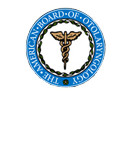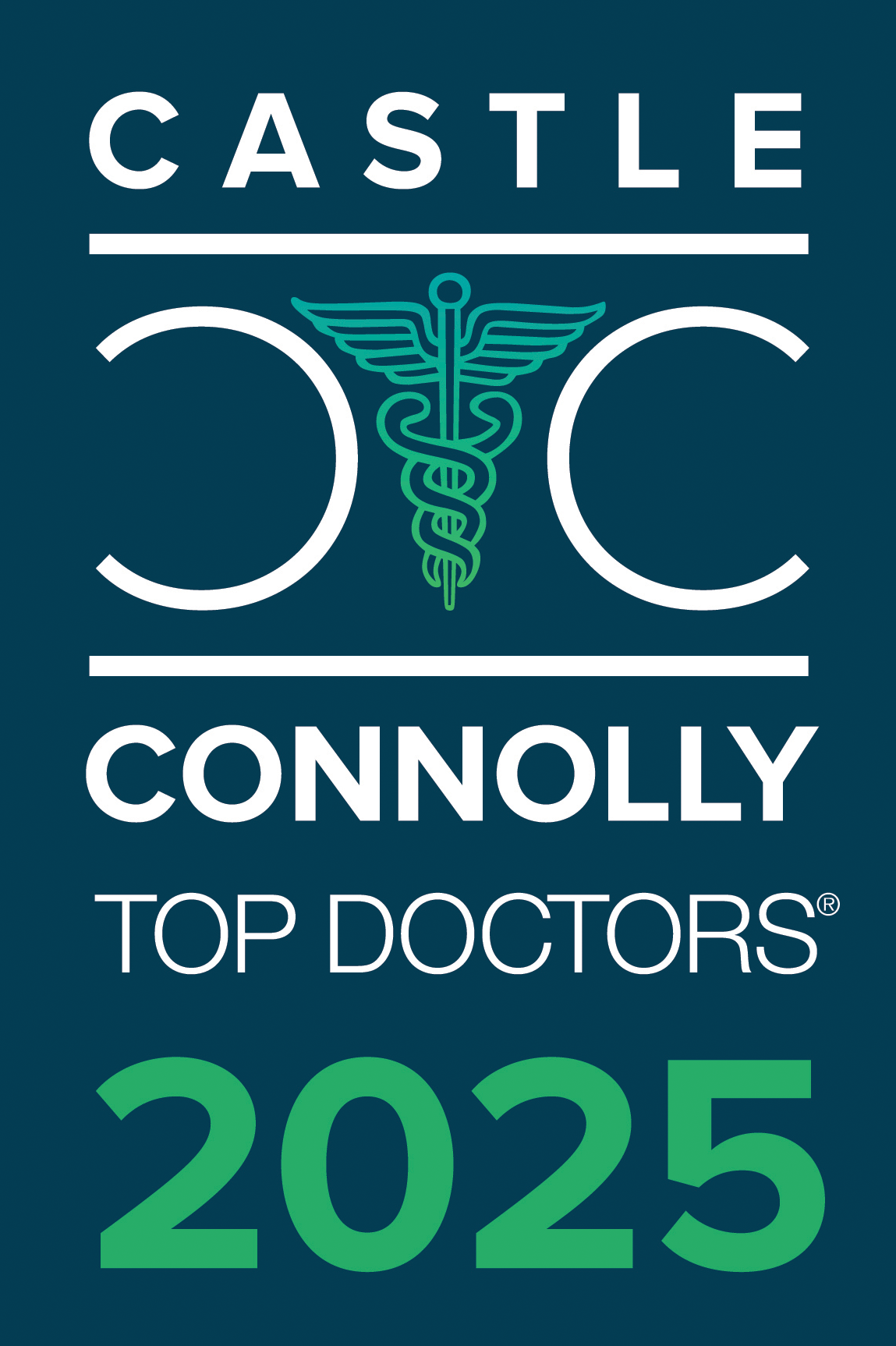Various Types of Sinusitis
Sinusitis or sinus infections can cause discomfort and ongoing symptoms for many people. However, different causes and types of sinusitis can vary the type of treatment needed for relief. Understanding the various types of sinusitis can help determine the best treatments and procedures to relieve pain and improve your symptoms.
There are different types of sinuses, thus different areas where sinusitis occurs. Sinus infections usually impact the frontal and maxillary sinuses but can also arise in the sphenoid sinuses. There are also various causes of sinus infections, from cold and flu viruses to fungal and bacterial infections. The following are variations on sinusitis and how they differ.
Sphenoid Sinusitis
The sphenoid sinuses are located above the nose and between the eyes in the lower forehead. When inflammation and infection occur in these sinus cavities, the symptoms are often different than when they occur in the lower sinuses. Sphenoid sinusitis can be caused by viral or bacterial infections, as well as nasal obstructions and other factors. Symptoms can include:
- Headaches
- Vertigo
- Eye sensitivity – these sinuses are located near the optic nerve
- Sore throat and post-nasal drip
- Runny nose and watery eyes
- Neck pain
- Toothaches
Many sphenoid sinus infections are bacterial and may respond well to antibiotics. Chronic sphenoid sinusitis may require more aggressive treatments, but minimally-invasive balloon sinuplasty is often an option.
Fungal Sinusitis
A fungal infection can cause sinusitis and result in more severe symptoms. Viral and bacterial infections cause most sinusitis, but allergic or invasive fungal sinusitis is also possible. When a fungal sinus infection occurs, it can initially have similar symptoms to other types of sinusitis and allergies. These include a runny nose, watery eyes, post-nasal drip, and sneezing. The mucus thickens as the infection worsens, and you may experience extreme pressure and head pain.
Chronic fungal sinusitis does not respond to antibiotics and requires medical treatment. This can include sinus surgery to remove the infected mucus and clear the sinuses. Antifungal medications may also be necessary to reduce the risk of reoccurrence.
Ethmoid Sinusitis
The ethmoid sinuses are located behind the top of the bridge of the nose. These small sinus cavities can be infected on their own or in combination with frontal, maxillary, or sphenoid sinuses. Ethmoid sinusitis has many of the same symptoms as other sinusitis, including post-nasal drip, nasal congestion, and sinus headaches. Some additional symptoms include:
- Thickened mucus
- Pain and tenderness around the nasal bridge and eyes
- Reduced smell and taste
- Swelling around the eyes
Fungal, viral, or bacterial infections can cause ethmoid sinusitis. Nasal polyps can often contribute to ethmoid sinusitis – when other treatments are ineffective, removing polyps may be the solution.
If you have symptoms of any type of sinusitis that last for more than ten days, you should seek medical treatment. Come see us at New York Sinusitis Treatment for the best sinusitis care. Call our office to schedule your consultation and exam with Dr. Levitin.













